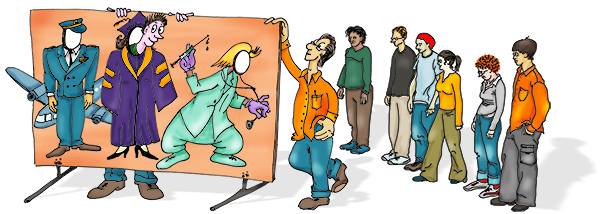
Whenever it comes, death seems very unfair, and humans have been hard at work on combating this scourge for as long as we can remember. After decades of self-investment via education, relationships, employment, children, hobbies, travel and experiences, who wants to just give it all up? We hate death when it comes at an old age, when it cuts short life in its prime, and perhaps particularly when it gets the young before they had a chance to live. Humans have longed to extend their lifespans or, barring that, the memory of their existence for as long as we have records of humanity.
Read more →



